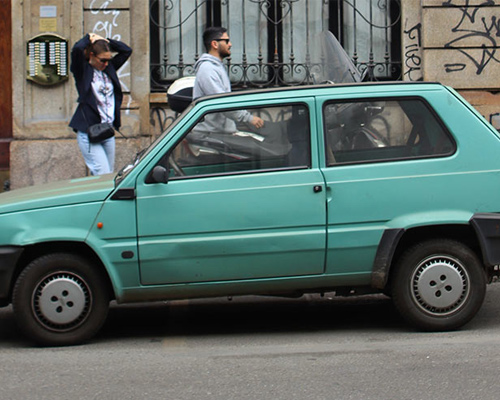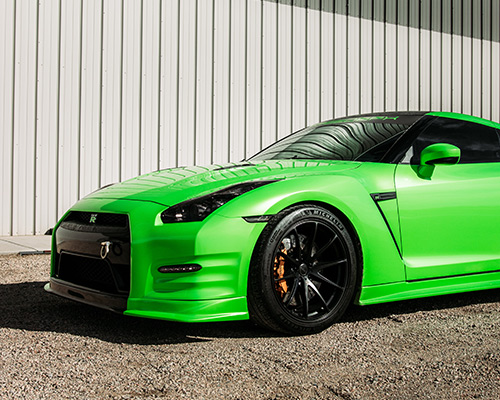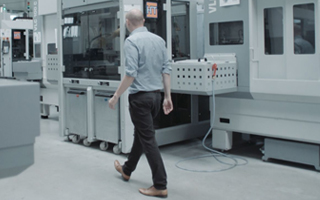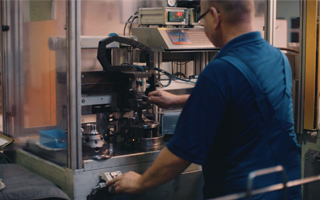What Are Turbo Roundabouts and How Do They Work?
9th January 2024
Britain loves a roundabout, certainly more than our US cousins.
Whereas the UK boasts upwards of 25,000 ‘circular intersections’, America has just 9,000 in use. That’s right, 9,000 covering 50 states and a population in excess of 330 million.
Many have sought to explain this chasm, but few have succeeded without making sweeping generalisations.
A popular but surely flawed theory is us Brits are simply more accommodating and open to cooperation. Of course, this is to paint Americans as confrontational and unwilling to give in or – in this sense – give way. That’s a tad harsh.
A simpler explanation may be that rotaries were never part of the original infrastructure and Americans have simply become entrenched. They love their intersections, we love our roundabouts.
Either way you’re more likely to stumble upon a castle than the latter stateside.
That’s why plans to build not just a roundabout but a turbo roundabout on a busy highway in California have proceeded to melt minds. Yet new structures could be set to grow in number on both sides of the Atlantic.
How Do Turbo Roundabouts Differ From Standard Roundabouts?
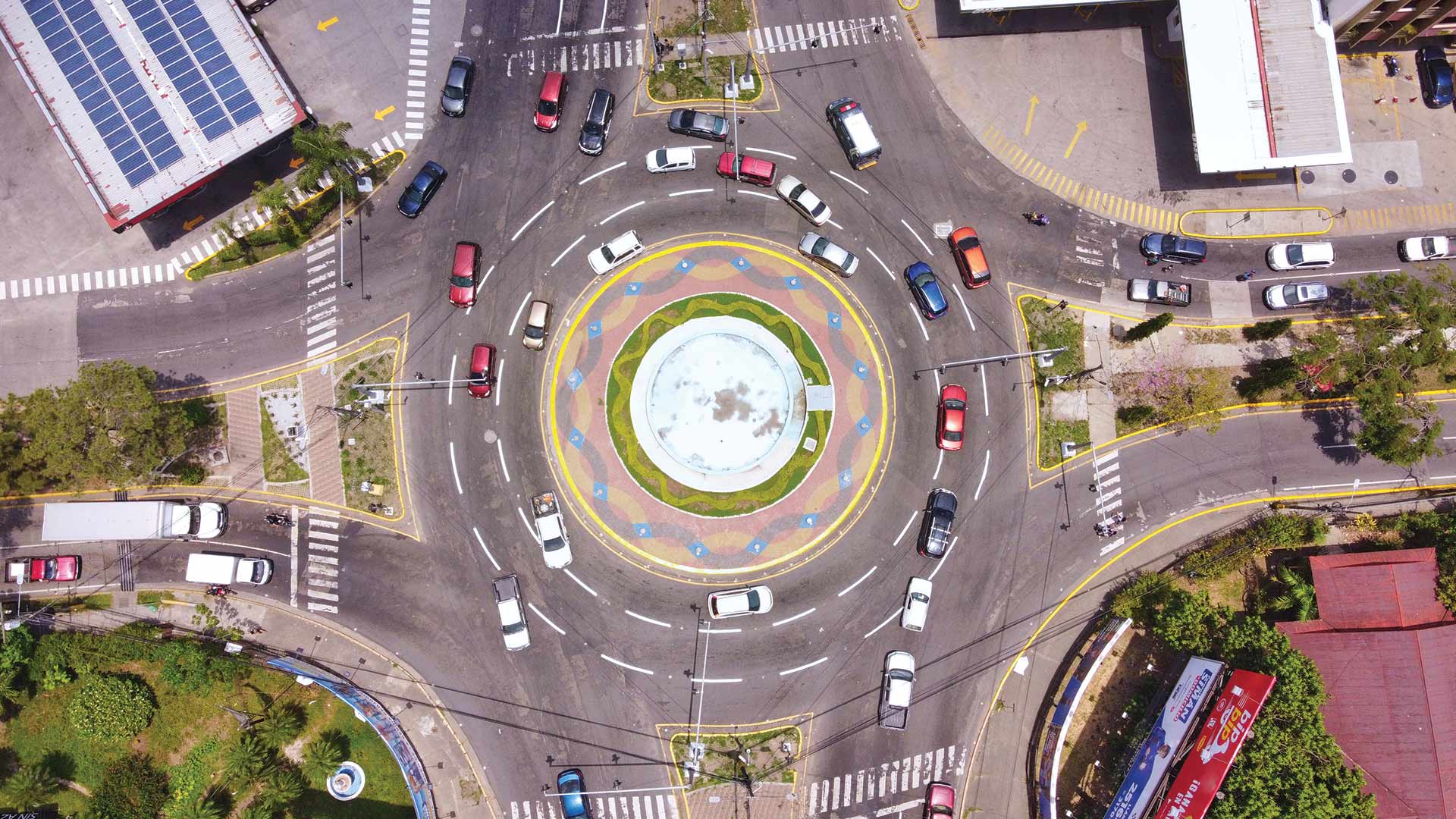
Dutch professor L.G.H Fortjijin is credited with inventing the turbo roundabout. He did so in 1996 as he sought to manifest a safer and more efficient equivalent of the standard multi-lane system.
Within four years his dream became a reality in his homeland, which was so enamoured with the idea it now has 300 of them dotted throughout the country.
Not exclusive to Holland, turbo roundabouts have grown in number across Eastern Europe and Germany in particular. There are also a handful that have sprung up in North America.
But how do they differ from that at the end of your road?
Well, this is best explained in two parts – the drive and the design.
Driving into a Turbo Roundabout
Without doubt the most important factor for anyone approaching a turbo roundabout is to select their lane well in advance. Why? Because motorists essentially become locked in.
Indeed, once entering this spiral design you can no longer change lanes. That particular manoeuvre is prohibited by the presence of raised lane separators, often in the form of 3-inch plastic platforms.
Every driver is forced to exit the roundabout at some point, meaning there is no possibility of re-circling or performing the classic U-turn.
The Design of Turbo Roundabouts
On approaching a turbo roundabout you’ll often notice one lane for drivers taking the first exit to the left and one for motorists taking all exits further to the right. This spawns the aforementioned radial/spiral effect.
From at least one branch, priority is afforded to two roundabout lanes. These create the roundabout lane on site, however there is no prospect of flitting between the two.
As for supply branches, traffic here need never give way to more than two lanes.
Spiral lanes run uninterrupted from the inside out, with no danger of cut-ups or conflicts in this areas.
Making sense so far? A visual aid may help clarify the configuration…
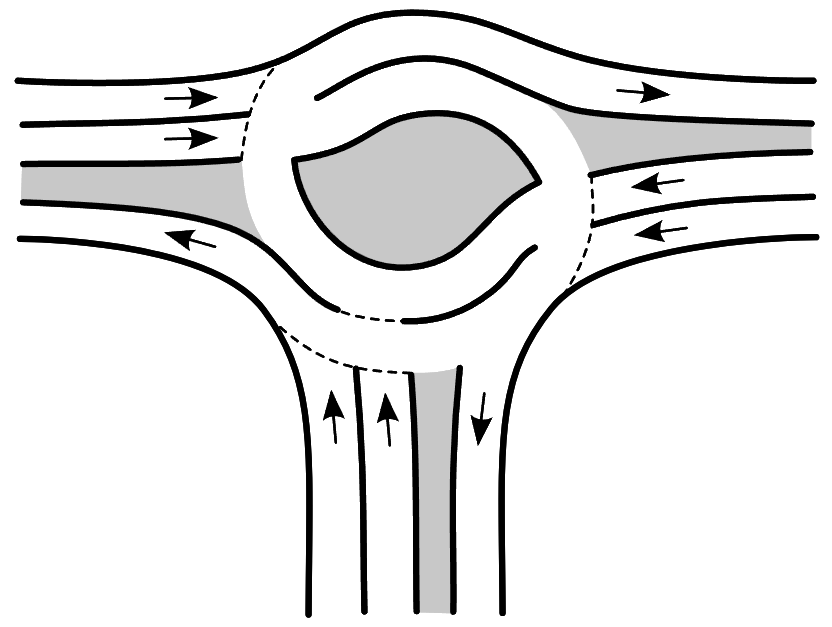
Exits from main branches are made up of two lanes, while every segment of the roundabout contains what’s known as an ‘option lane’ – giving drivers the chance to leave or continue in their chosen direction.
Benefits of Turbo Roundabouts
So, what was old Fortuijin thinking when he conceived of this idea at the turn of the century?
An undoubted visionary, the Dutchman anticipated several benefits, many of which have rang true.
Research suggests turbo roundabouts lead to fewer conflicts (down 50% compared to two lane alternatives) and increased capacity (45% more traffic can be handled on average).
Moreover, they serve to decrease congestion and vehicle speeds alike. It’s argued a slower pace encourages motorists to truly consider their actions, therefore taking greater care.
Granted, there are a handful of drawbacks that can’t be ignored.
As mentioned, U-turns are impossible and larger vehicles often find these modern and circular intersections tough to navigate.
The name is also slightly misleading. Turbo suggests speed, yet more often than not traffic is slowed.
On the whole however, the pros appear to outweigh the cons, so why the mixed reaction to plans to bring a maiden design to California?
Again, this may be a result of people being stuck in their ways.
California’s Turbo Roundabout
The California Department of Transportation (CalTrans) see a turbo roundabout as the perfect solution to a treacherous intersection connecting state highways 25 and 156, where no less than 45 accidents occurred in 2022.
So wedded are they to this novel – but not entirely unique approach (more on that below) – they have invested $14.5m into development and commissioned a step-by-step YouTube video with the help of the San Benito County government.
The fear is motorists will find the structure too confusing, hence the vast money being poured into messaging prior to a Spring launch.
Surprisingly, this expansion close to the city of Gilroy will not be the first turbo roundabout on US soil. That title went to Jacksonville in Florida back in 2022. Just over a year on, the Arlington rollout seems to have been well received.
But there’s no denying this latest project is bigger both in scope and significance, perhaps marking a shift towards a more European outlook to traffic flow and management.
The Future of Turbo Roundabouts
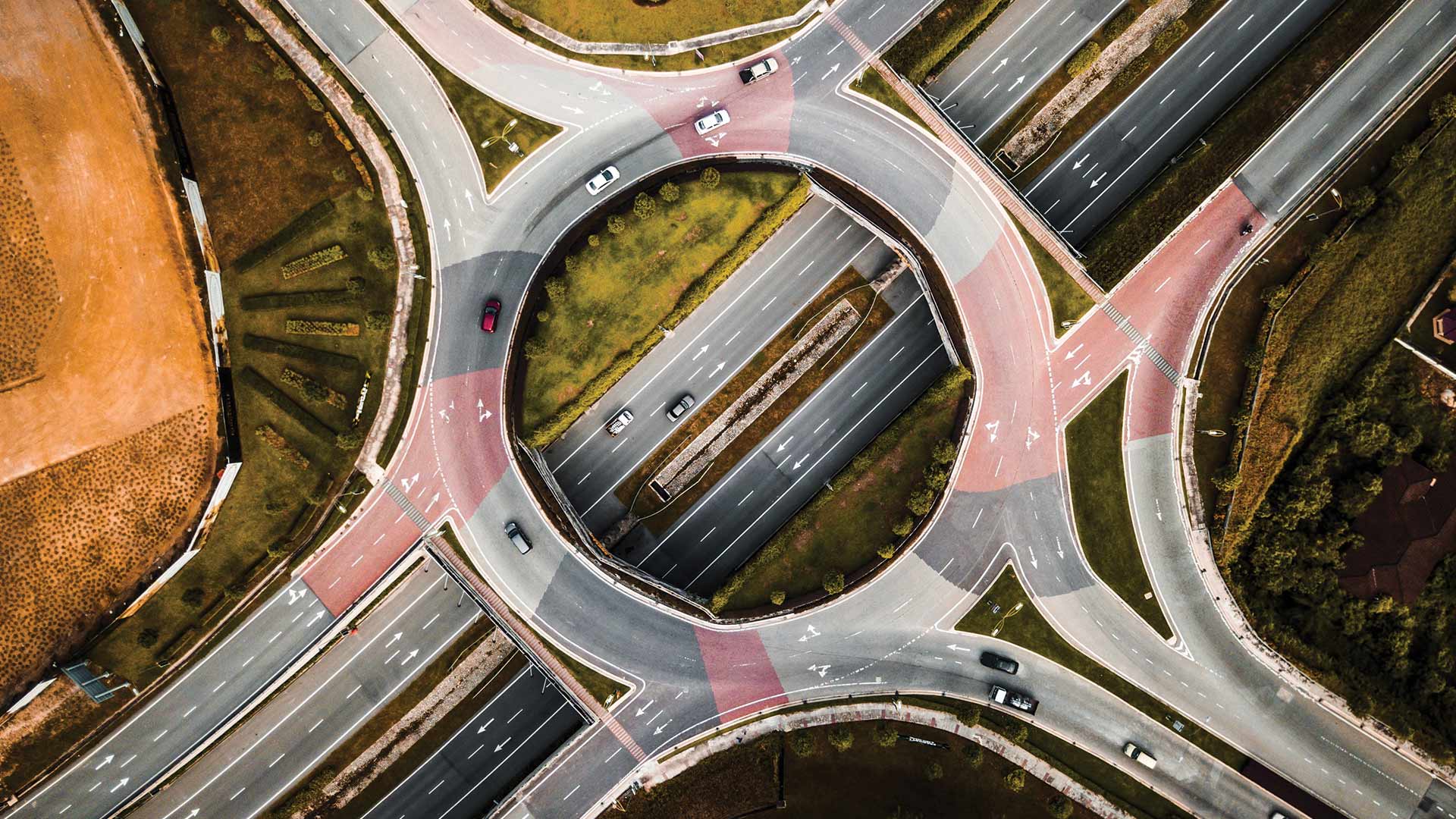
Back in the UK we’ve also been slow on the uptake of turbo roundabouts. Bedford can lay claim to the first on these shores, this Union Street project getting off the ground with the help of the Cycle Safety Fund.
Again, this development was met with fierce resistant; see one blog labelling those behind the concept ‘cretins’.
Many argued something supposedly designed to enhance the safety of cyclists and pedestrians did anything but.
Thankfully no accidents occurred within the first year and the council was even handed an award for the ‘Best Sustainable Transport Solution’ in 2015.
Nevertheless, this hasn’t inspired a host of similar builds. Yet.
That may well come, particularly if a project on the scale of the Californian version proves a success.
Maybe then the Transport Department and local authorities will seek to ‘Go Dutch’ in more ways than one.



